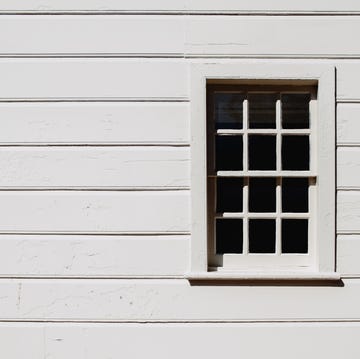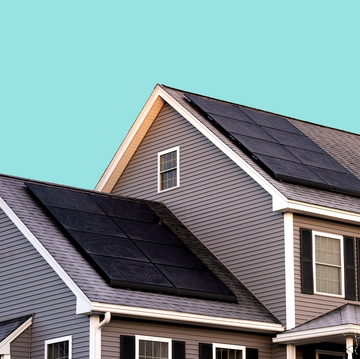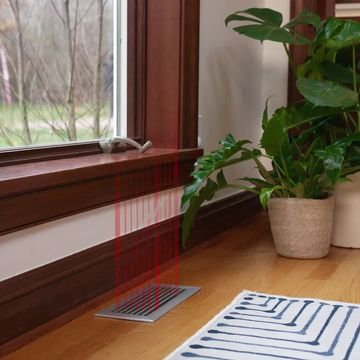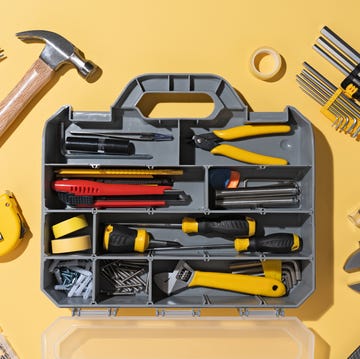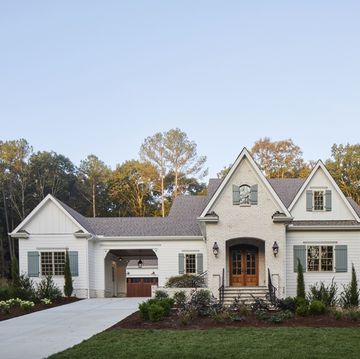1. Highway Noise
If the home is relatively close to a highway, the best way to check whether it will experience an unpleasant level of noise is to walk through the neighborhood early in the morning, preferably when humidity is high. Noise moves more readily through humid air. It's amazing how close even a distant roadway can feel when the sound carries well.
2. Industrial Noise
Take a drive around the area to check for industrial activity. Be especially aware of large metal buildings with roll-up doors. The doors may be closed during the winter or cold weather, concealing the manufacturing noise from within, but during the summer when the doors are wide open you could be treated to nonstop racket from drop forges, woodworking machinery, and the like. This problem is growing more common with residential properties being built on land that was once a buffer to industrial zones.
3. Industrial Traffic
Where there is industry, there are tractor-trailers making deliveries and picking up goods. There are also lots of workers coming and going. If there's an industrial park near where you want to live, drive by early in the morning to check for traffic patterns for first-shift workers and deliveries. Nighttime deliveries are also common, as companies take in raw materials or ship finished goods to take advantage of reduced traffic pressure on roadways. Is that traffic so great that you'll regret moving into the area? Ask yourself that question before signing on the dotted line.
4. Rail Yards
A nearby rail yard might look like nothing more than quiet, open space, but idling locomotives can be very loud and the noise can carry, especially late at night or during periods of high humidity.
5. Junkyards
Junkyards, like sawmills and gravel mines, once existed in quiet, out-of-the-way places but now suddenly find they have suburban neighbors. And as necessary as these facilities are, you don't want to live near one, or at least a large one that employs industrial machinery such as large rough-terrain forklifts and gigantic wheel loaders. Besides taking a quick drive through your neighborhood, scan some Google Earth images to see where that gravel driveway leads.
6. Water-Tower Pumps
A water tower typically recharges at night, when demand is lowest. Sometimes the recharge can be so quiet you wouldn't know the tower is even there. Other times, water pumping produces a steady throbbing that will drive you nuts. Neighbors are not a good source to ask. Check the area yourself, at night.
7. Meth Houses
Meth makers are notorious for turning houses into highly toxic dumps. One site worth visiting is the DEA's Clandestine Laboratory Register. The Illinois attorney general's office also has helpful tips about what to look out for.
8. Grow House
These days, marijuana is more likely to be grown inside a suburban house than in a sunny clearing back in the woods. Your home inspector should look out for signs of it. Unusual amounts of mildew and evidence of lots of hastily removed mechanical or electrical equipment in the basement can be signs that the house was once Green Acres.
9. Shooting Range
An outdoor shooting range looks just like a nice, quiet, open area, until the shooting starts. Before you buy a house, check online to see where the nearest range is.
10. The Hidden Business
A business operating in a residential neighborhood could be unseen and unheard. Or it could be an outright nuisance, even a dangerous one, with poorly stored flammable liquids or off-loading trucks navigating their way down the street where your kids will be riding their bikes. The best way to spot these value-wrecking neighbors is to cruise slowly through your intended neighborhood during working hours. Look for materials stored outside the garage, an unusual number of parked cars, and piled-up pallets and boxes.
This story originally appeared on PopularMechanics.com

Roy Berendsohn has worked for more than 25 years at Popular Mechanics, where he has written on carpentry, masonry, painting, plumbing, electrical, woodworking, blacksmithing, welding, lawn care, chainsaw use, and outdoor power equipment. When he’s not working on his own house, he volunteers with Sovereign Grace Church doing home repair for families in rural, suburban and urban locations throughout central and southern New Jersey.




